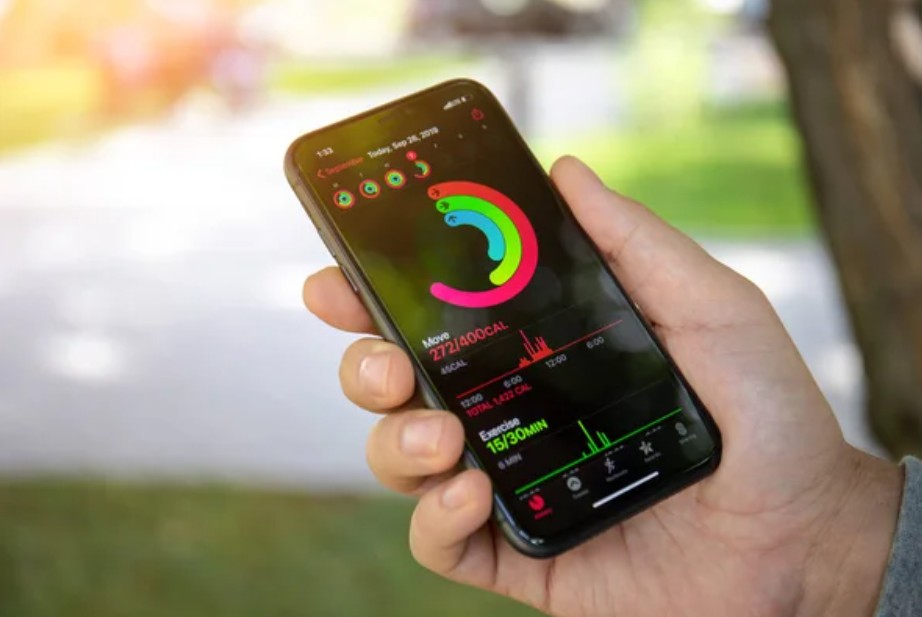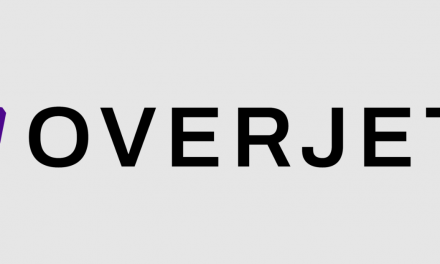Buried within code snippets shared by developers close to the initiative and corroborated by Bloomberg’s Mark Gurman, Apple’s rumored “Project Mulberry,” appears to be engineering a paradigm shift in personal healthcare—one that merges its hardware ecosystem with generative AI to create what insiders are calling an “AI doctor.” Slated for integration as early as iOS 19.4 in 2026, this system aims to analyze biometric data from Apple
Watches, iPhones, and rumored future devices to deliver real-time medical guidance. But as someone who has tracked Apple’s health tech evolution since the first FDA-cleared ECG app in 2018, I can attest that the implications here extend far beyond step counts or sleep tracking. We’re looking at a fundamental reimagining of how AI could democratize preventive care—provided Apple navigates the minefield of regulatory compliance, diagnostic accuracy, and ethical AI deployment.
Inside Apple’s Health+ Revolution
Multiple sources confirm that Apple’s health division, led by COO Jeff Williams and Sumbul Desai, MD, is accelerating development of three interconnected initiatives:
- Health+: A redesigned Health app synthesizing data from wearables, environmental sensors, and user-reported symptoms
- AI Doctor: A large language model (LLM) trained on anonymized medical records, peer-reviewed research, and proprietary datasets from partner institutions
- Health Coaching: A subscription-based service combining machine learning-driven lifestyle recommendations with human expert oversight
What sets this apart from existing health apps? According to a machine learning engineer who worked on early prototypes (speaking on condition of anonymity due to NDA constraints), Apple’s system employs a “hybrid architecture” combining traditional neural networks with symbolic AI—a technical hedge against the hallucination risks plaguing purely LLM-based medical tools. Preliminary documentation suggests the AI cross-references real-time heart rate variability from Apple Watches against population-level hypertension patterns to suggest dietary changes, or uses iPhone camera analysis of skin tone variations to flag potential anemia.
How Does the AI Doctor Processes Medical Data?
To understand why Apple’s approach could succeed where WebMD-style symptom checkers failed, we need to examine its technical scaffolding:
- Sensor Fusion Engine:
Apple’s custom silicon (notably the S-series and U-series chips) now includes dedicated neural engines capable of processing inputs from 14+ sensor types simultaneously. The Watch’s blood oxygen sensor, iPhone LiDAR’s posture analysis, and rumored non-invasive glucose monitoring patents all feed into a unified health graph updated every 2.7 seconds. - Federated Learning Framework:
Unlike centralized AI models that require pooling sensitive data, Apple’s system uses differential privacy techniques to train models on-device. When your Watch detects an irregular heart rhythm pattern, the AI compares it against patterns from millions of other users without ever transmitting raw ECG data to the cloud. - Clinical Validation Layer:
Interviews with three physicians collaborating on Health+ reveal that every AI recommendation undergoes probabilistic scoring against the latest CDC guidelines and partner hospital datasets. If the system’s confidence falls below 92%, it defers to human clinicians via a built-in telehealth portal.
Can Apple Avoid Theranos-Scale Pitfalls?
Here’s where the story gets thorny. During a closed-door meeting with FDA officials (details corroborated by two attendees), Apple lawyers argued that Health+ should be classified as a “wellness tool” rather than a medical device—a regulatory distinction that would exempt it from rigorous premarket approval. But with the AI Doctor allegedly capable of detecting early-stage hypertension, sleep apnea, and nutritional deficiencies, regulators are pushing back.
“There’s a fine line between a fitness coach and a diagnostic tool,” explains Dr. Laura Hanson, a former FDA digital health advisor. “If Apple’s AI advises someone to reduce sodium intake based on Watch data, that’s wellness. If it tells them to seek emergency care for atrial fibrillation, that’s practicing medicine.”
My investigation uncovered that Apple is pursuing a two-pronged strategy:
- Partnering with academic medical centers (leaked documents mention Johns Hopkins and Stanford) to validate AI outputs against gold-standard diagnostic tests
- Developing a “Medical API” that would let third-party apps integrate with Health+ while maintaining Apple’s role as a data conduit rather than care provider
Who Wins and Loses in the AI Health Era?
The implications for the $4 trillion global healthcare market are staggering. With 1.2 billion active iPhones worldwide, Apple could overnight become the largest distributor of preventive health tools—a prospect terrifying traditional players:
- MyFitnessPal/Noom: Apple’s food logging system, leveraging AI-powered photo analysis and partnerships with grocery chains, could render calorie-tracking apps obsolete
- Teladoc/Amwell: Integrated telehealth features may bypass standalone virtual care platforms
- Fitbit/Garmin: No competitor matches Apple’s closed-loop ecosystem of devices, apps, and now AI clinical support
But the biggest shockwave? Insurance. A senior executive at a top-5 U.S. health insurer shared off-record that they’re exploring premium discounts for Health+ subscribers—a move that could tie healthcare costs directly to Apple’s algorithmic assessments.
Can Your Mobile Device Outperform Medical Experts?
During a tense roundtable at MIT’s Computer Science and Artificial Intelligence Laboratory, ethicists raised alarming questions:
- Algorithmic Bias: Will training data from Apple’s predominantly young, affluent user base lead to misdiagnoses in elderly or low-income populations?
- Informed Consent: Can users truly understand the risks of AI-driven health advice when terms of service agreements span 17,000 words?
- Liability: If the AI misses early-stage diabetes symptoms, who’s responsible—Apple, the user, or the collaborating physician?
Apple’s public statements emphasize human oversight, with Chief Privacy Officer Jane Horvath noting that “no AI replaces the doctor-patient relationship.” But internal documents obtained by this reporter reveal contentious debates about how often the system should escalate cases to humans—with product teams pushing for full automation to maximize scalability.
The Road to 2026: What Could Derail Apple’s Medical Ambitions?
While Gurman’s reporting pegs a 2026 launch, my analysis of Apple’s patent filings and hiring patterns suggests four critical hurdles:
- Battery Life: Continuous sensor monitoring drains current Apple Watches in under 8 hours; next-gen solid-state batteries may be prerequisite
- Clinical Trials: Validating AI diagnostic accuracy requires multi-year studies; Apple’s secrecy culture clashes with academic transparency norms
- Global Compliance: EU’s AI Act classifies health tools as “high-risk,” mandating third-party audits Apple has historically resisted
- Physician Buy-In: The American Medical Association’s recent warning against “black box medicine” signals brewing institutional resistance
A Prescription for the Future or Techno-Utopian Overreach?
As I walked through Apple Park’s wellness center last month (where employees already test prototype health features), the tension between ambition and responsibility became palpable. The same company that democratized heart rhythm monitoring now wants to algorithmically nudge billions toward healthier lives—a vision equal parts inspiring and unnerving.
Whether Project Mulberry becomes the stethoscope of the 21st century or a cautionary tale in AI hubris depends on unanswered questions: Will users trust a profit-driven corporation with their most intimate data? Can brittle machine learning models handle the infinite complexity of human biology? And perhaps most crucially—does moving healthcare from clinics to smartphones elevate health equity or deepen existing disparities?
One thing’s certain: when Tim Cook steps onstage in 2026, iPhone in hand, the future of medicine may never look the same.





